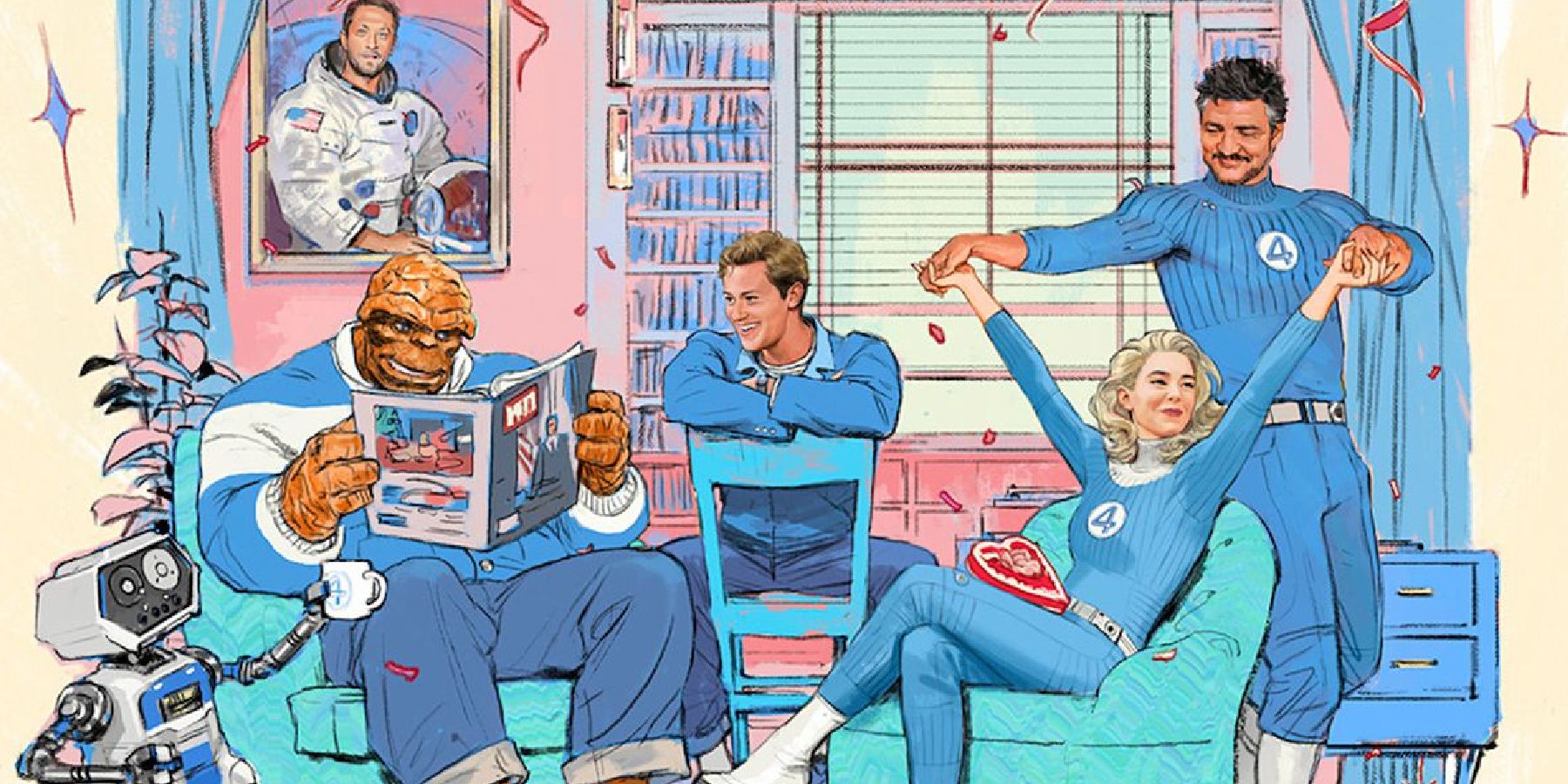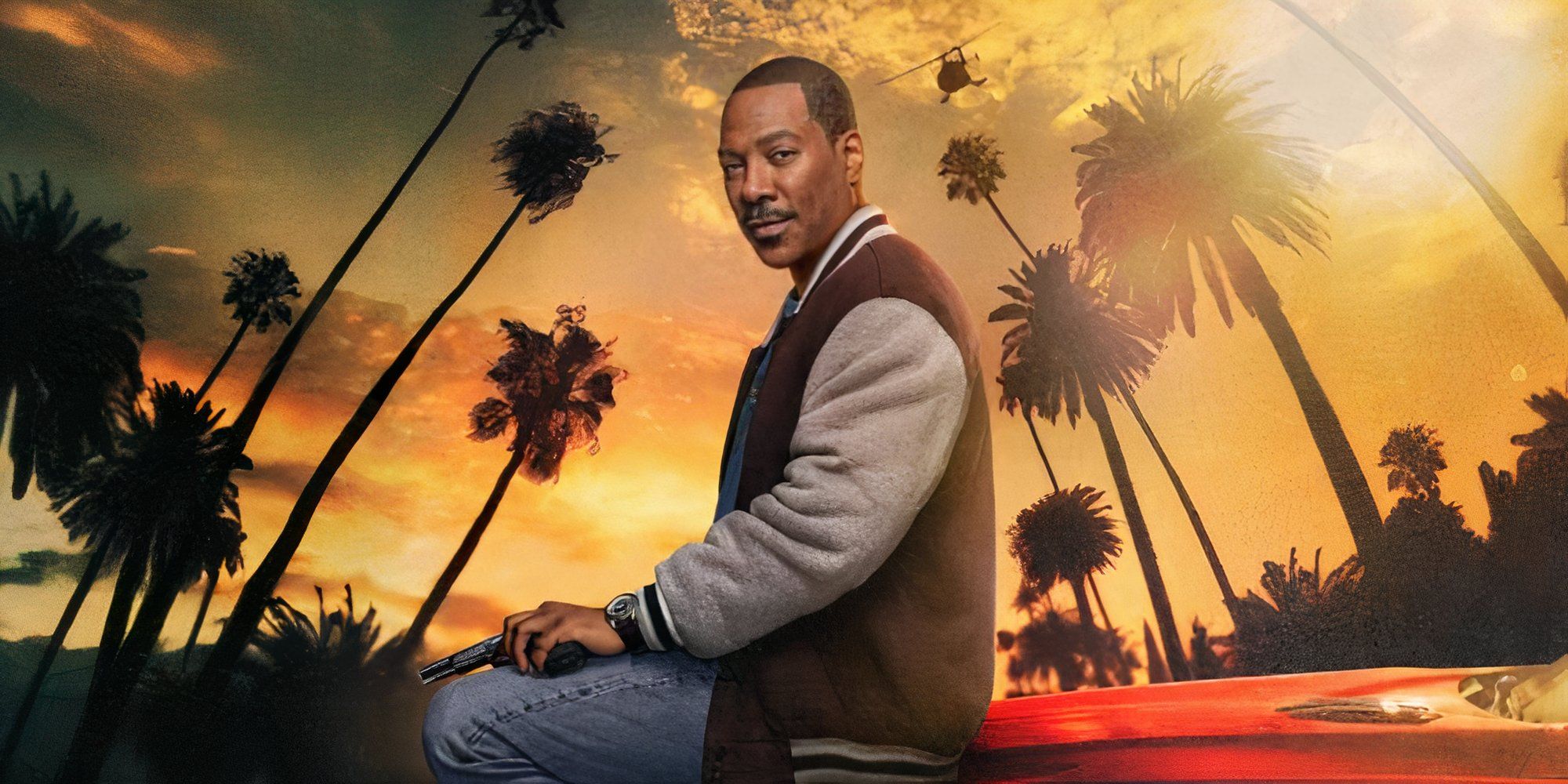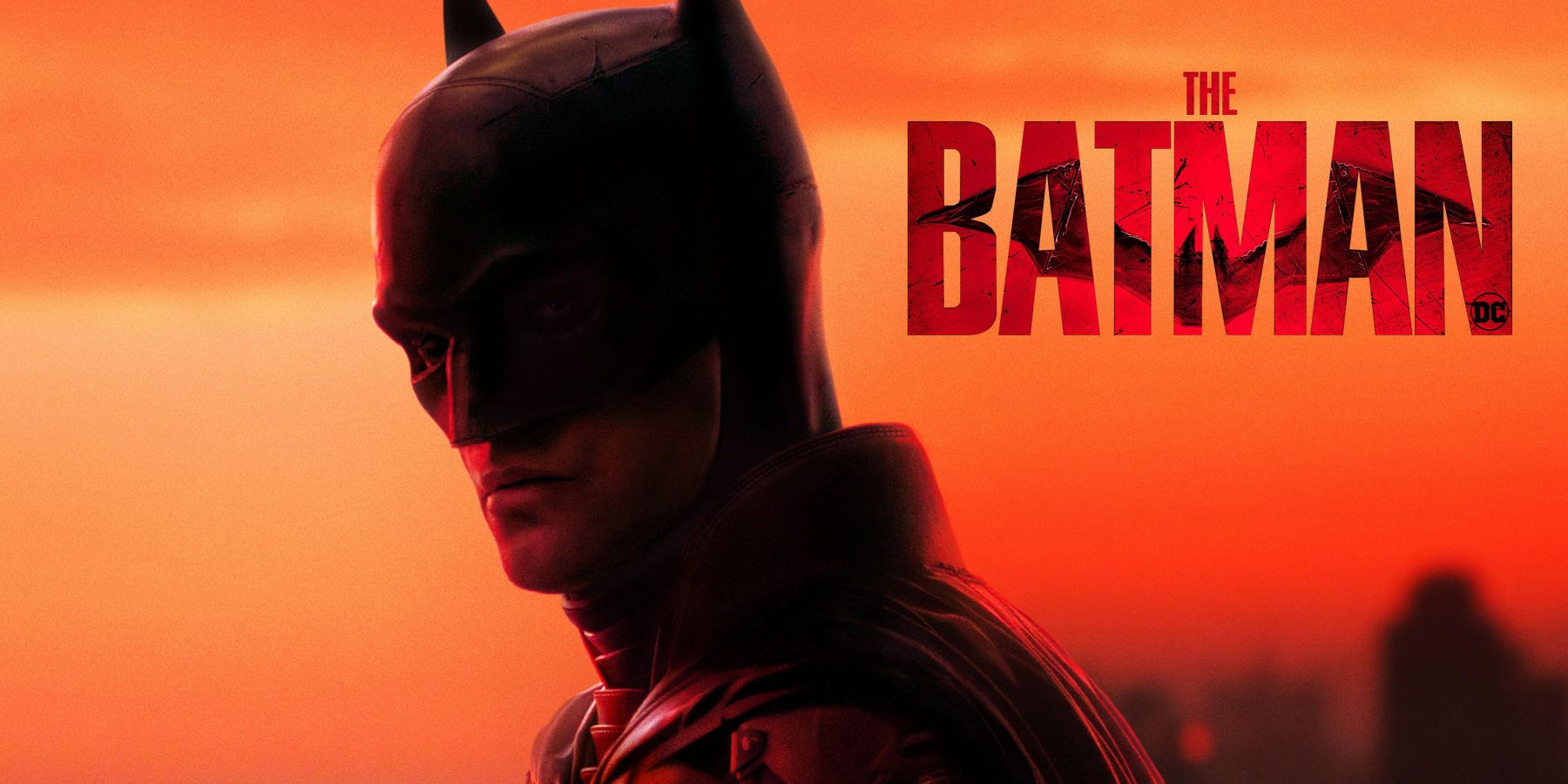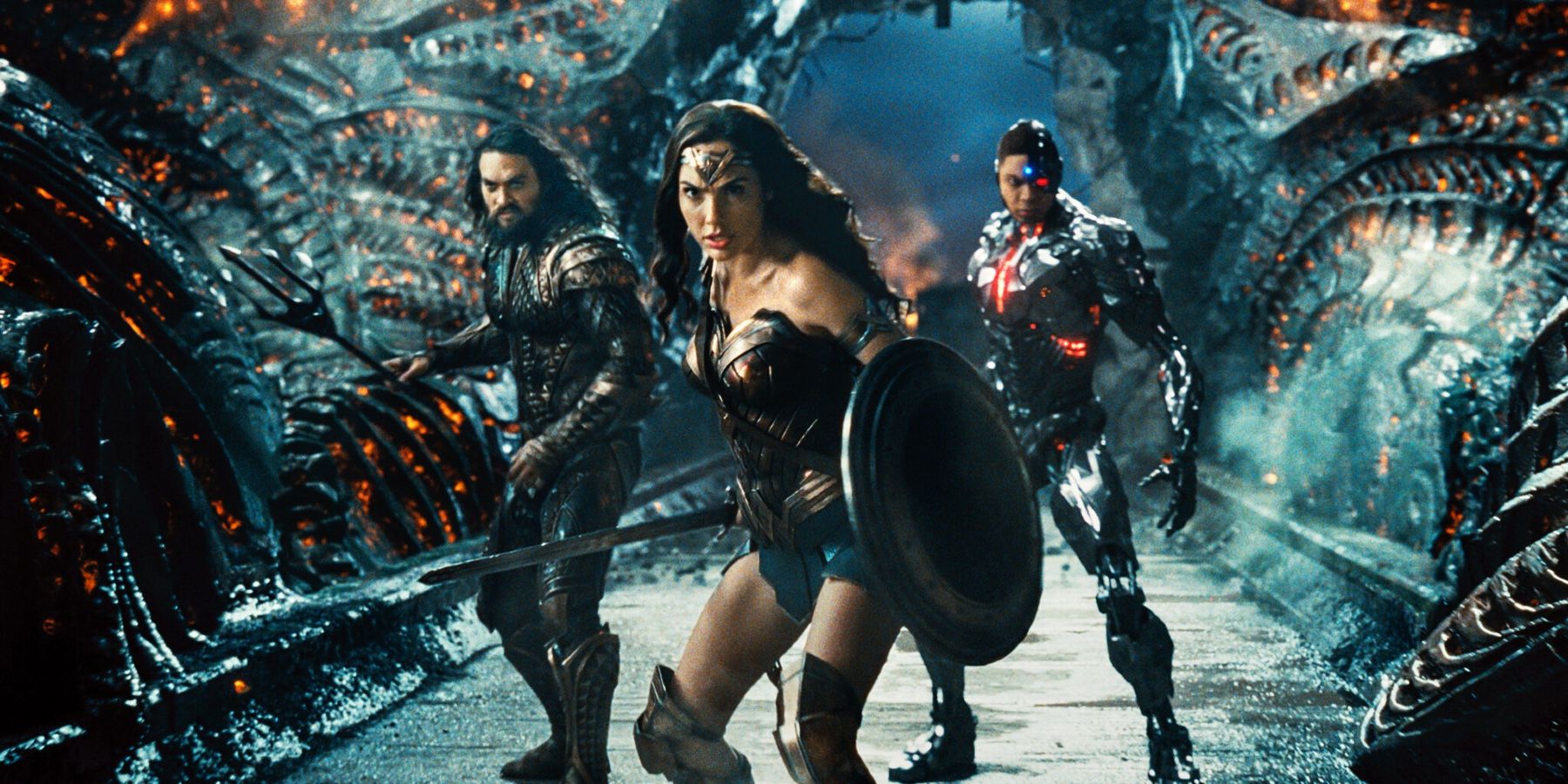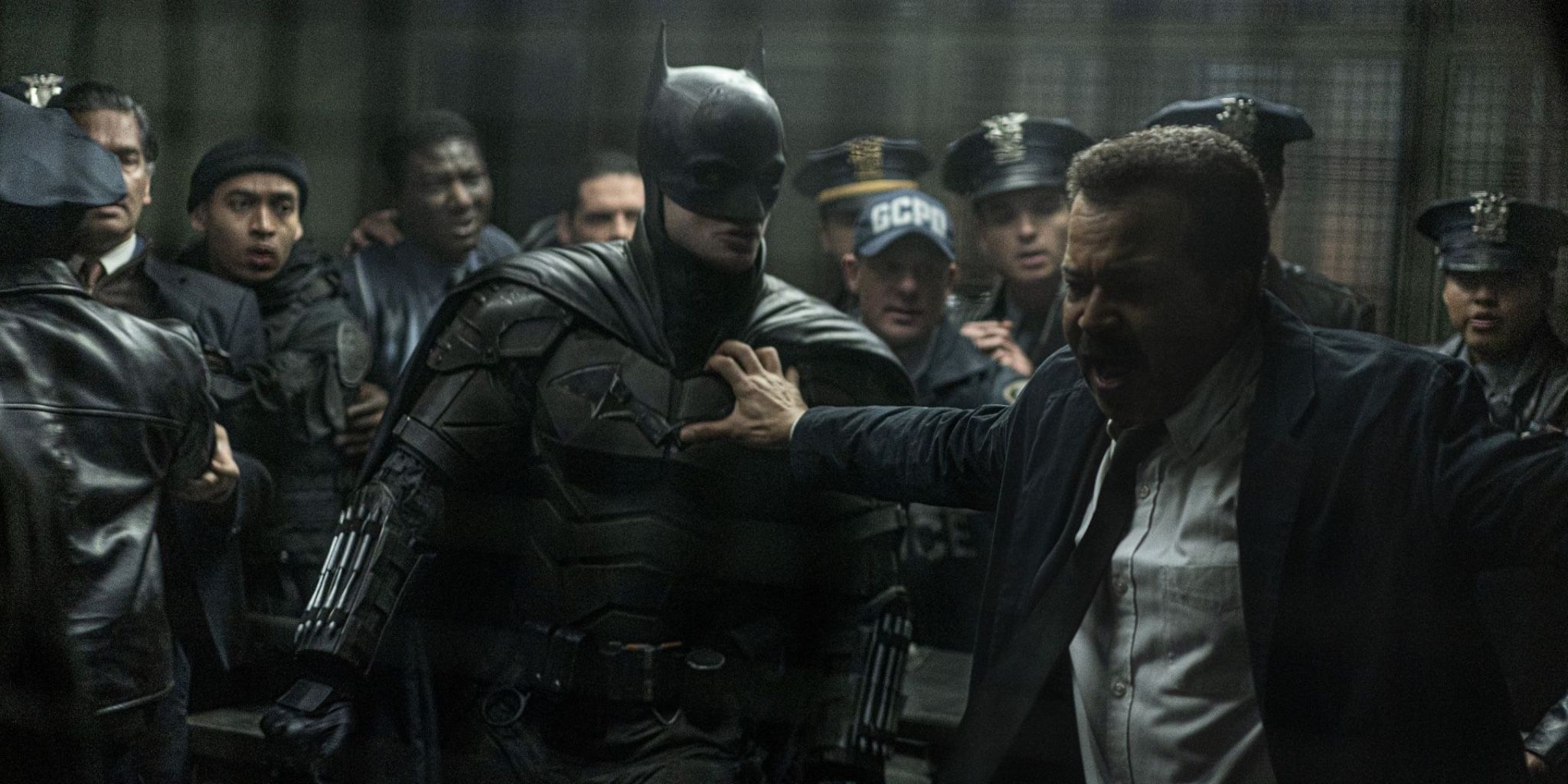This article contains spoilers for The Batman.
The Batman is here, and is jam-packed with three hours of riddles, mystery, and corruption in Gotham City. The first two acts are largely just that, with the Batman acting as a detective with Jim Gordon, a Lieutenant in this year two story, the John Watson to the Dark Knight’s Sherlock Holmes. It’s a duo act that has rarely been seen on screen in such a prominent role, as even Christopher Nolan’s trilogy had these two famous characters interact but not necessarily in the mystery/detective style that they do here. This is what the first two acts of the film are built around, but the third act takes a different turn.
The Batman’s third act sees The Riddler’s threat multiply, not only in terms of his followers dressing up like him, but also with his final act of revenge on Gotham city for abandoning him in his childhood. The Riddler causes a massive flood in the city, and one that results in a huge disaster for Gotham City. In general, the effect of this flood remains the same as many third act battles in other comic book films, like The Avengers, Man of Steel, and more. However, what’s abundantly clear about this unique feature of the third act of this film is that, much like the rest of the story that Matt Reeves crafted, favors realism over anything else. Ultimately, the threat of the flood is a hyperrealistic take on a classic comic book movie final battle trope.
When looking back at previous comic book movies, these big, ultimate threats that occur within the final act of the film are so common that it almost seems as if audiences should expect them to be there. All four Avengers films have them, for example, but it’s not just those large Marvel team up movies. Batman v Superman: Dawn of Justice had Doomsday as the big threat at the end of the movie, as did Aquaman, Man of Steel, both versions of Justice League, and countless other DC projects.
The interesting thing to note about these films is that the massive threat that comes towards the end usually lean into sci-fi or, more broadly, unrealistic territory to up the stakes. Even movies like Wonder Woman, which was largely a grounded World War I film, still went back to the gods versus gods and fate of the world at stake in the last twenty minutes or so. Doomsday was a monster created by Lex Luthor, and Zod was an alien that threatened the lives of everyone on planet Earth. All in all, most of these final battles work within the context of their individual films, but it’s clear that most in the comic book genre take some liberties with this third act trope.
This is exactly where The Batman differs. This is a hyperrealistic film made by Matt Reeves, where there are no super powered beings or aliens threatening an apocalyptic earth. The Riddler is not a heightened, green-loving madman, but rather a calculated serial killer more akin to the Zodiac killer than Jim Carrey’s version of the character. It’s a realistic world in which there’s really only one heightened element: the hero dresses like a bat to stop crime and corruption in the city. However, even that is presented in a realistic fashion, as he’s more of a detective attempting to conceal his identity rather than someone with an affinity for bats.
This realistic identity that the film takes on extends to the final battle, where a flood threatens to destroy much of Gotham city and its infrastructure, as previously mentioned. No alien is causing this threat, nor is a superpower villain at the center of all the madness and chaos. Rather, it’s just a flood, something that is grounded in real world events and happens frequently around the world (although a rarity at this level, it still has happened in the past). The Riddler is the cause of this flood, something that isn’t exactly a common occurrence in the real world, but that’s about the extent of the heightened aspects.
Even at the end of the film, the flood or the damage it caused doesn’t just go away. Rather, Batman makes it clear that this is an event that will continue to cause problems for a while to come, marking a striking contrast between Matt Reeves’ film and other superhero projects, like Age of Ultron, for example. In that film, the damage to the city and the death toll on the population is largely ignored, and only went on to be explored in future MCU movies, in part due to this criticism. In The Batman, the title character even says that things will get worse before they get better when it comes to this flood, something that is unfortunately often the case with natural disasters and making it truly different from other movies.
Of course, there’s a time and a place for aliens invading earth or super-powered villains threatening to destroy a city, but with Christopher Nolan’s realistic take on Batman and now Matt Reeves’ similarly grounded film, it seems as if the Dark Knight fits this tone and style more than something a bit more out there.

